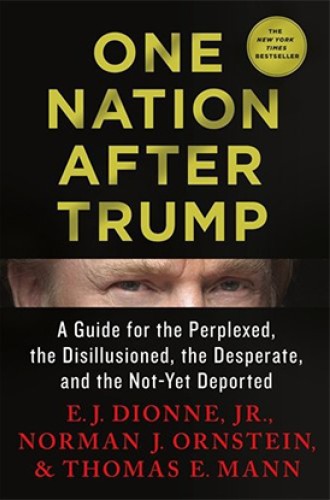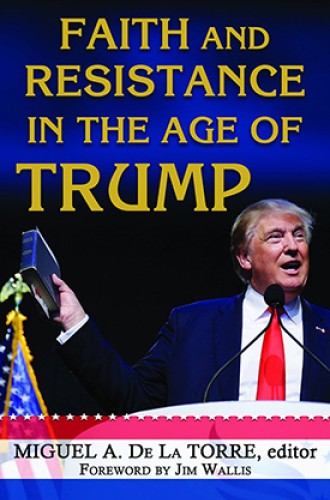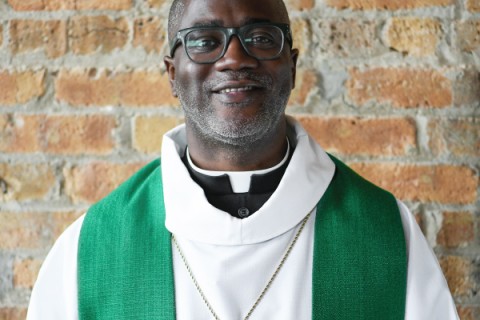Is Trump a deviation from American values or an expression of them?
E. J. Dionne, Norman Ornstein, and Thomas Mann see this presidency as a distortion of the country's character. But what if it's the opposite?
Though these two books appear to be singing the same song—resistance to Donald Trump’s presidency and what it represents—they are actually quite different. The nub of the difference might be framed this way: Is Trump an anomaly, a departure from the norms of American life, politics, and society? Or is Trump an apocalypse—a moment when the hidden truth about America stands revealed?
For E. J. Dionne Jr., Norman J. Ornstein, and Thomas E. Mann, Trump’s election, while not unprecedented, marks a break from past American politics. His is “not a normal presidency.” They grant that Trump came out of a decades-long unraveling that has included a disastrous decline in our collective norms for governance, an extended period of institutional decay, and a three-decade radicalization of the Republican Party and its primary electorate. Still, he represents to them a malignant mutation threatening the system and society over which he presides.
The 23 contributors to Faith and Resistance in the Age of Trump, on the other hand, see Trump as neither a surprise nor a deviation. His election is an apocalyptic moment in which the real—but until now somewhat hidden—America stands evident for all to see.






